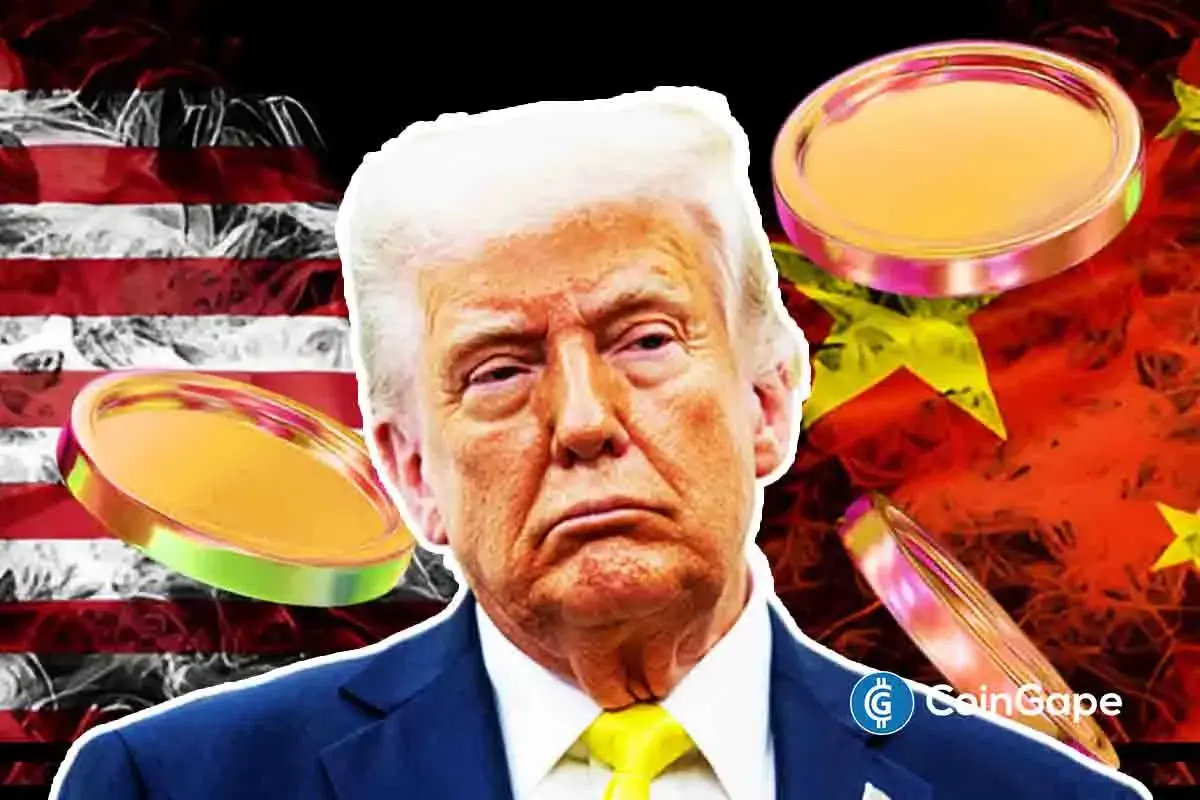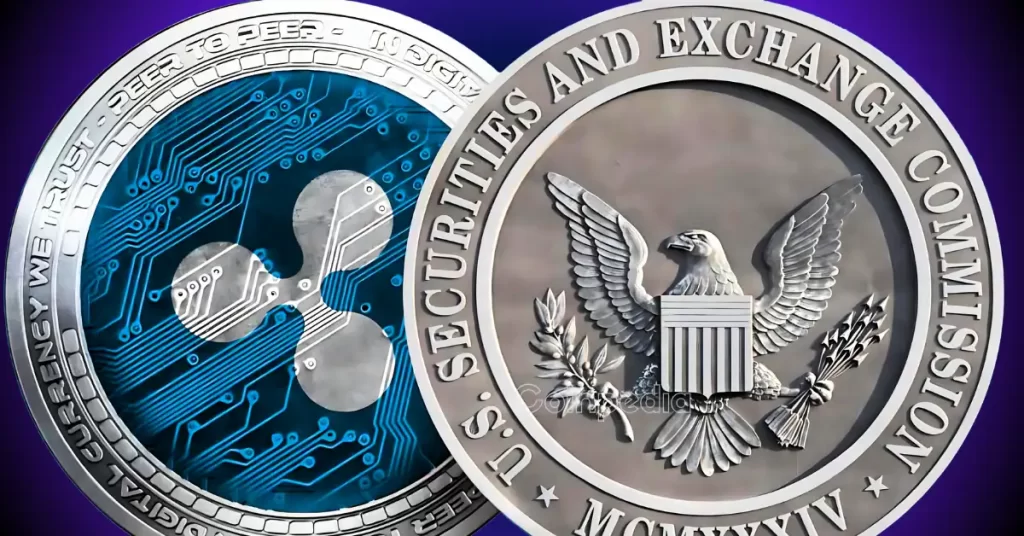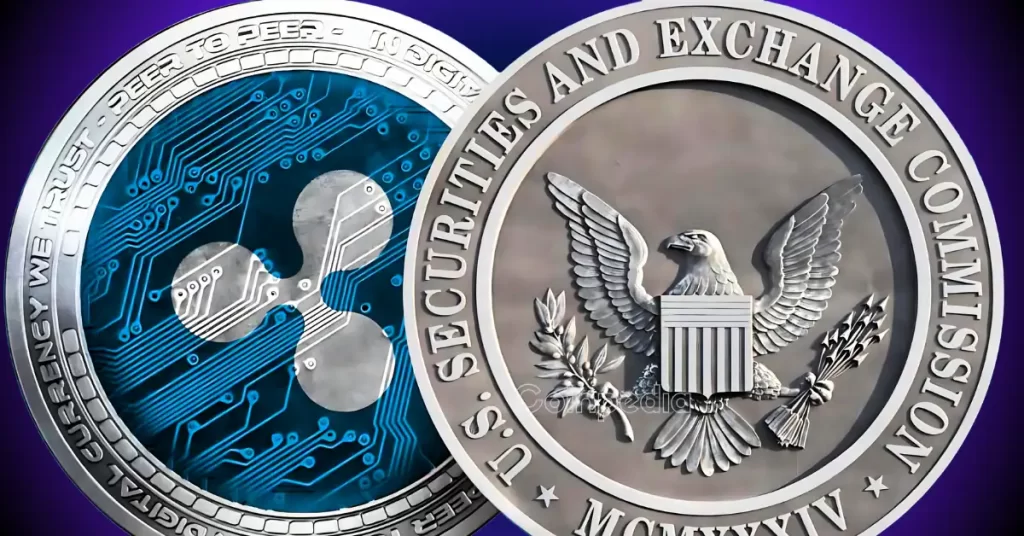
The crypto market is gaining today amid reports that President Trump will reduce the tariffs levied against China. The China-US trade war was among the key factors that have fuelled turmoil across financial markets for the most part of this month, and with the increased likelihood that the two countries might arrive at a deal, three USA coins are standing out with the potential to rally 10x and see traders turn $1,000 to $10,000.
Trump Hints at Reducing China Tariffs – Time to Buy USA Coins?
While speaking from the White House yesterday, President Trump stated that the tariffs imposed on China “will come down substantially”, even if they will not entirely be removed, a statement that sparked gains for USA-made crypto coins. Trump noted,
“145% is very high, and it won’t be that high… It will come down substantially, but it won’t be zero. We are going to be very good to China, and have a great relationship with President Xi.”
This statement sparked gains across the crypto market as most altcoins registered double-digit percentage gains within hours, with the total crypto market cap soaring past $3 trillion. Bitcoin price surged past $93,000 while Ethereum also briefly reclaimed $1,800, with traders now eyeing more gains.
Additionally, Reuters also reported that US Treasury Secretary Scott Bessent has stated that there would likely be a de-escalation in trade tensions between China and the US. The statement further sparked optimism among crypto traders that USA coins are set to make a solid recovery.
USA Coins to Buy to Turn $1K to $10K
As the macro headwinds that previously weighed on crypto assets ease, some of the top USA coins that traders should consider buying today are Ripple (XRP), Solana (SOL), and Cardano (ADA). These coins have bullish technical setups and robust fundamentals that could see traders turn an investment of $1,000 to $10,000.
Ripple (XRP)
XRP is the largest USA coin by market cap, making it one of the top choices to consider amid the recent gains to make a 10x return with a $1,000 investment. To begin with, Ripple is surrounded by bullish catalysts, including the potential approval of a spot XRP ETF after the new SEC Chair Paul Atkins was sworn in.
The daily XRP price chart further shows that an all-time high is within reach after this token broke resistance at the 50-day SMA, while the RSI shows that bulls have taken control. As the bullish momentum grows strong, a 10x rally for one of the top American coins might be on the horizon.

Solana (SOL)
Solana is also one of the top USA-made coins that traders should consider buying. The ongoing frenzy around SOL-based meme coins and a surge in Solana network activity highlight the presence of solid fundamentals to support an upswing.
The rising RSI on the daily Solana price chart shows that the bullish momentum is currently at its strongest since late January. Meanwhile, a double bottom chart pattern suggests that this American coin might soon aim for its record high of $295 if it can overcome resistance at $180. This technical setup and fundamentals support a bullish Solana price prediction.

Cardano (ADA)
Cardano price also shows signs of extending gains after surging past $0.70, to its highest level in nearly three weeks, making it one of the top USA coins to buy. Additionally, a recent Coingape article stated that Cardano price could hit $1 as Bitcoin and the rest of the crypto market edge higher.
One of the factors that could support such an uptrend is the surging open interest, as data from Coinglass shows that ADA’s open interest has increased by 14% in the last 24 hours to $765M. The OI is also approaching a monthly high, an indication that traders are opening new positions on this altcoin as they anticipate a strong trend.

Summary of Top USA Coins to Buy
As reports emerge that President Trump could lower the tariffs levied against China, USA coins present a good buy opportunity for a trader looking to book profits during the ongoing uptrend. Some of the top American coins to buy are Ripple (XRP), Solana (SOL), and Cardano (ADA), which have strong fundamentals and a strong technical outlook.
The post 3 USA Coins to Buy to Turn $1K to $10K as Trump Hints at Reducing China Tariffs appeared first on CoinGape.




 Protecting consumers
Protecting consumers …
…